Implementing biodegradable fishing gear is a ‘technical problem and not an economic one’
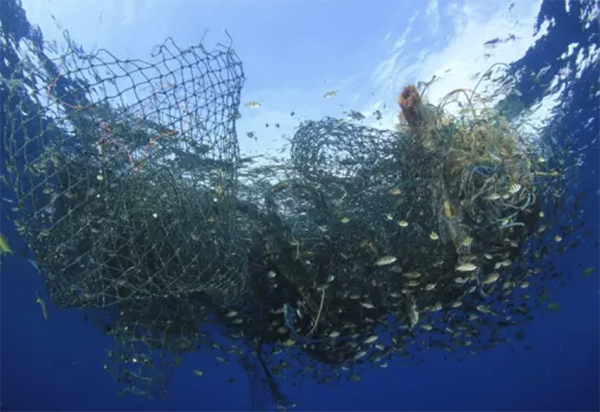
New research has found that the design of biodegradable fishing gear needs to improve if it is to help address the environmental and economic impacts of “ghost fishing.”
Ghost fishing is a term that describes what happens when abandoned, lost or discarded fishing gear (ALDFG) continues to catch and kill fish and other marine animals. It is a significant source of plastic waste and can cause a variety of environmental problems as it remains relatively unchanged for a long time. According to a 2018 estimate from the European Commission, as much as 27 percent of marine litter in EU sea basins is caused by ALDFG.
There is also an economic aspect to ALDFG, with previous studies showing that marine litter could result in a cost impact of up to £30,000 per year (U.S. $38,000) for a single vessel and that 86 percent of fishermen reported reduced catches due to marine litter.
The development of biodegradable fishing gear (BFG) with a reduced lifespan could help both address the fishing industry’s contribution to marine litter and reduce the impacts of marine litter on the fishing industry.
However, researchers from the University of Portsmouth found that the economic cost of decreased catches from fishermen using BFG compared to current fishing equipment is not sufficient to offset the cost of ghost fishing prevented by BFG.
“Implementing BFG is a technical problem and not an economic one,” said Dr. Ben Drakeford, Associate Professor in Marine Resource Economics at the Centre for Blue Governance at the University of Portsmouth. “The challenge of achieving similar fishing efficiency with BFG compared to current gear presents the main obstacle to adoption.”
According to Drakeford, most costs to fishermen in terms of biodegradable fishing gear use are not related to investment and maintenance costs, but rather to the impact of reduced fishing efficiency.
“In our research, we found issues around strength and flexibility and their impact on fishing efficiency,” said Drakeford. “This has led to a lack of faith in the concept by fishermen, or reservations around BFG as it is not like-for-like in terms of functionality and cost.”
The researchers conducted a study of the English Channel fishery, which is home to around 274 10-meter and under and 61 over 10-meter fixed-gear vessels. They compared the direct costs (e.g., gear use and replacement, operational costs and earning) and indirect economic and social costs and benefits of ghost fishing and the use of biodegradable fishing gear in the Channel fishery. They also spoke to fishing organizations, representatives, authorities and private enterprises.
From this, they developed an economic model that looked at various scenarios based on vessel size, cost of BFG and fishing efficiency.
They estimate the costs of implementing biodegradable fishing gear to be as high as £8 million (U.S. $10 million). However, if the issue of fishing efficiency was resolved (BFG was a like-for-like compared to current gear) then the large negative costs could be overturned to between a cost of £880,000 (U.S. $1.1 million) and a small positive benefit of around £150,000 (U.S. $193,000).
Given the various scenarios, the researchers suggest that the cost of adopting biodegradable fishing gear would be easily achievable through a small financial incentive – if any is needed at all for some vessels – it is the cost of using biodegradable fishing gear that is the main barrier.
“As the marine litter problem continues to grow, and the cumulative impact may be such that each additional piece of marine litter has a greater environmental impact than the one before, the role of BFG in sustainable fisheries deserves further attention,” said Drakeford. “Considering the negative environmental impacts of lost gear, the benefits of BFG use over traditional fishing gear would grow exponentially.”
Follow the Advocate on Twitter @GSA_Advocate
Now that you've reached the end of the article ...
… please consider supporting GSA’s mission to advance responsible seafood practices through education, advocacy and third-party assurances. The Advocate aims to document the evolution of responsible seafood practices and share the expansive knowledge of our vast network of contributors.
By becoming a Global Seafood Alliance member, you’re ensuring that all of the pre-competitive work we do through member benefits, resources and events can continue. Individual membership costs just $50 a year.
Not a GSA member? Join us.
Author
-
Responsible Seafood Advocate
[103,114,111,46,100,111,111,102,97,101,115,108,97,98,111,108,103,64,114,111,116,105,100,101]
Tagged With
Related Posts
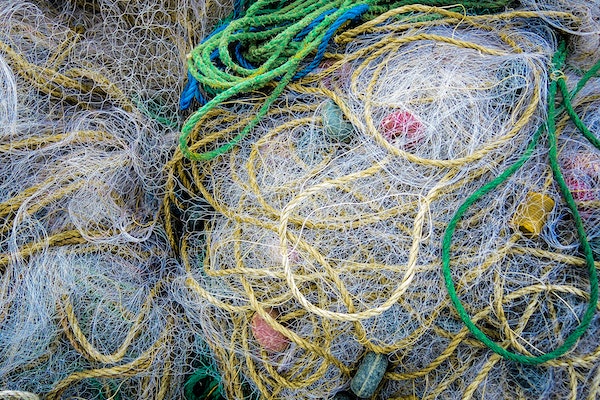
Responsibility
Can marine plastic from fisheries and aquaculture be upcycled into new things?
A SINTEF project is investigating how marine plastic used in fisheries and aquaculture can be turned into new products.
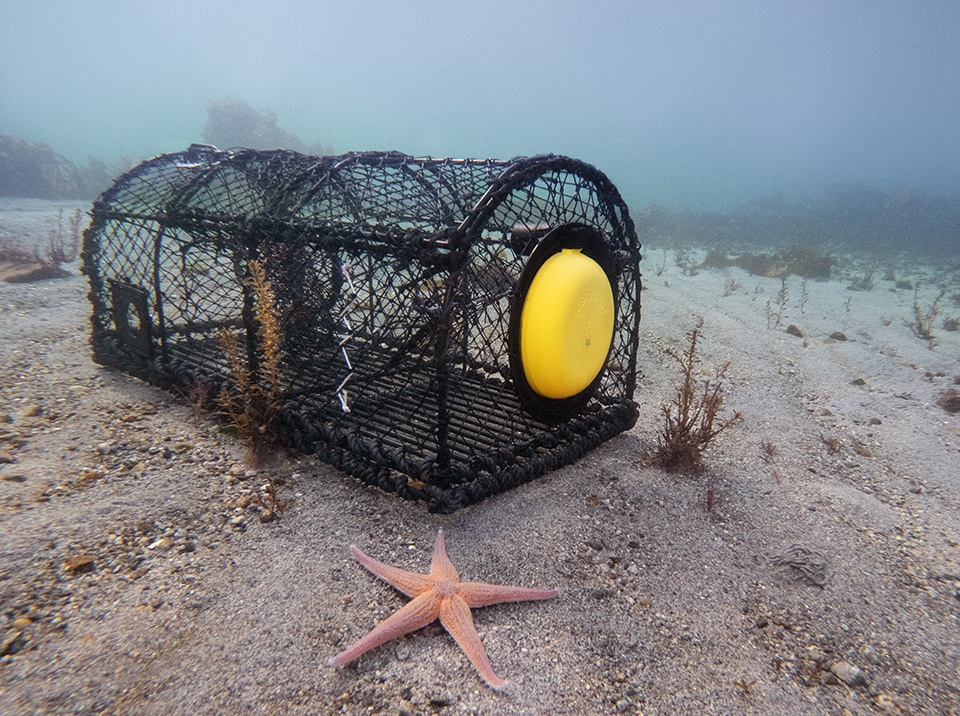
Fisheries
From reporting apps to floating traps: How technology tackles ghost fishing
The global ghost fishing problem has negative environmental and economic impacts, but new technology could help locate and retrieve lost fishing gear.
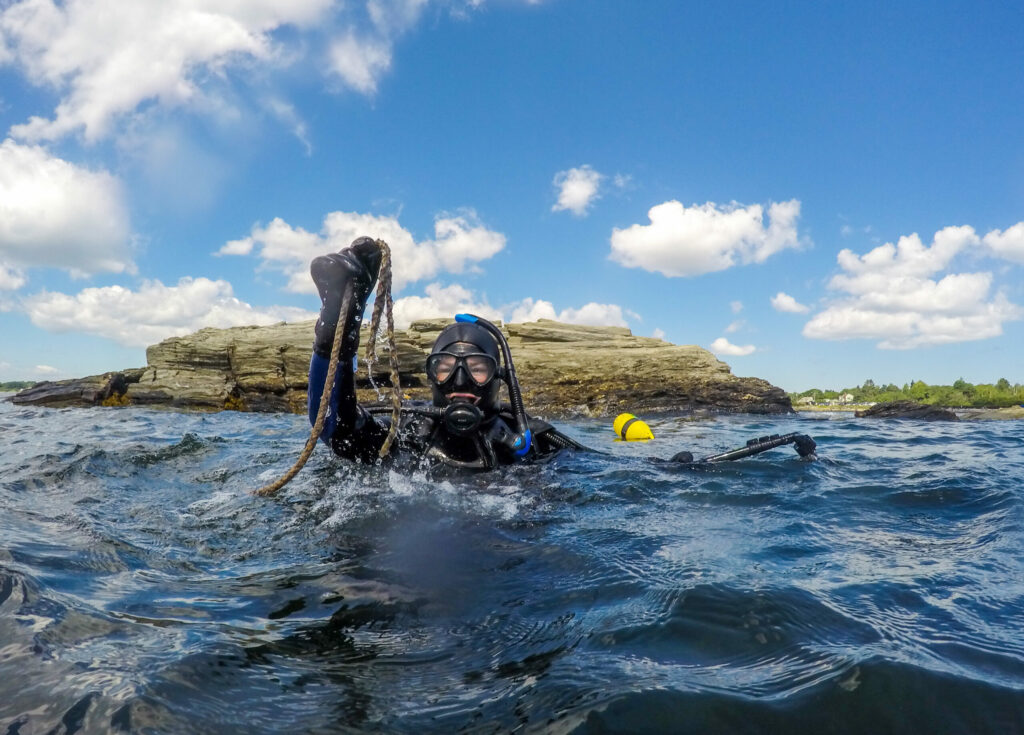
Fisheries
The hidden cost of ghost gear lost by fishing and aquaculture
Abandoned, lost or discarded fishing gear can inflict damage on marine life and the ocean, but what's the economic cost of ghost gear?
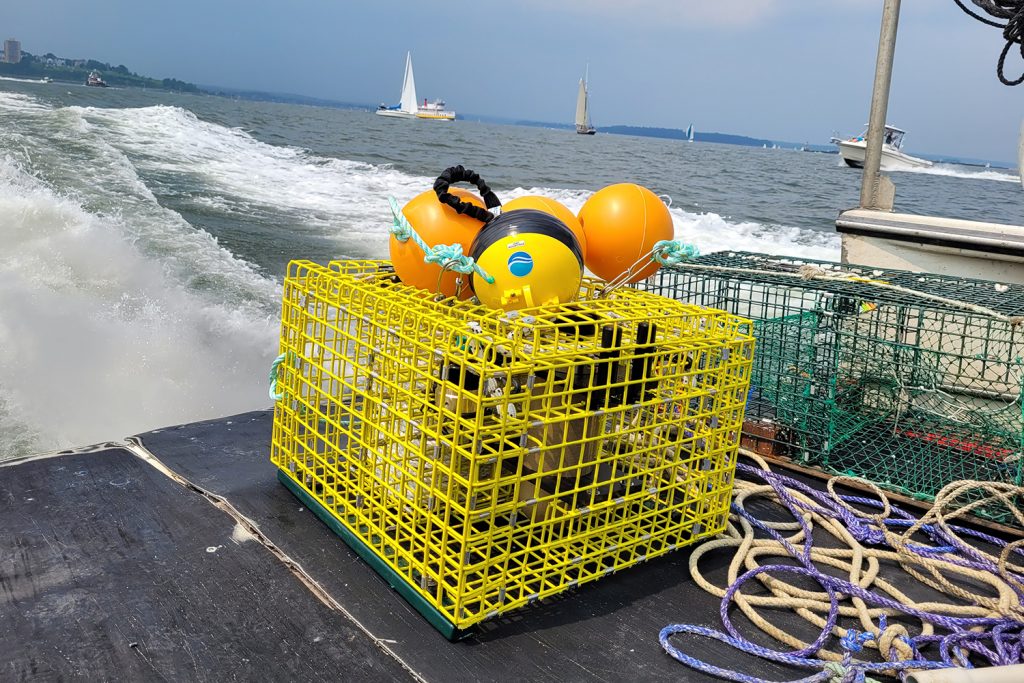
Fisheries
Rethinking ropes: Can ropeless fishing gear end whale entanglements?
Ropeless fishing gear can prevent whale entanglements and reduce the amount of discarded or lost fishing equipment but the cost is a limiting factor.



